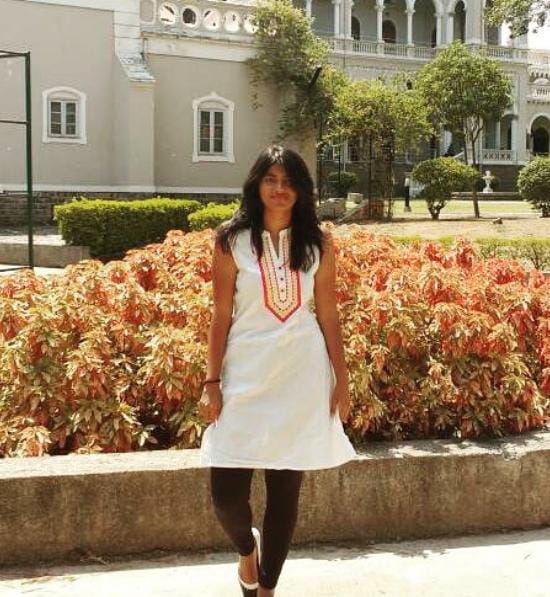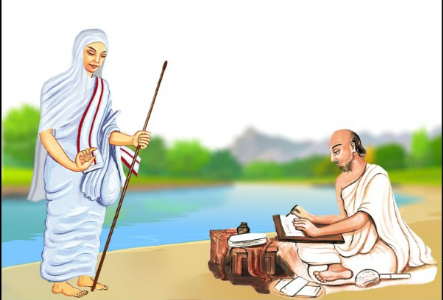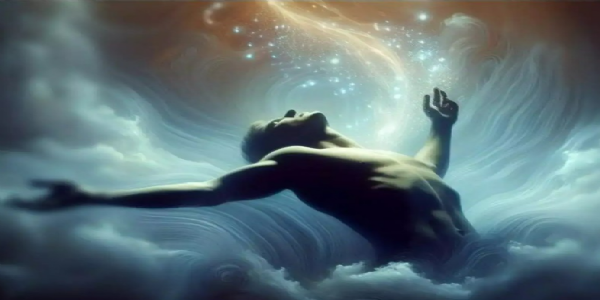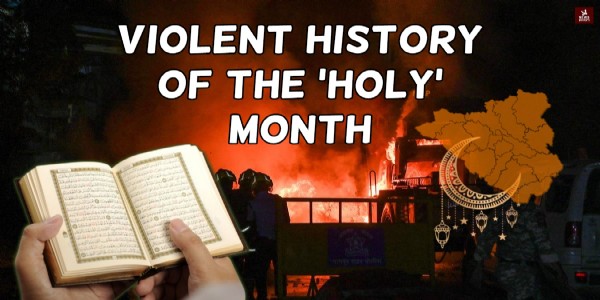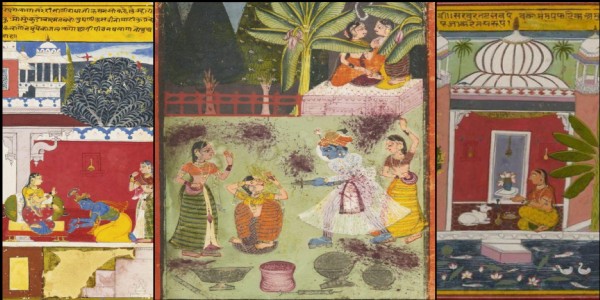Guru Ramrai Temple: the most important 17th century Gurudwara of Dehradun
An immaculate example of Indo-Islamic architecture, this Gurudwara consists of minarets, domes, and murals depicting a combination of the two cultures
Total Views | 518
Today, let us explore one of the most historic and significant places located in Dehradun. The significance the temple holds in the city will surely leave you astonished. Built back in the 17th century, the Guru Ram Rai Gurudwara is considered to be one of the most illustrious places in Dehradun. The oldest temple of its kind in the city, it is an important place of worship for Dehradun’s Sikh community. Located in the heart of the city, the place is visited by scored of people from all religions and states.
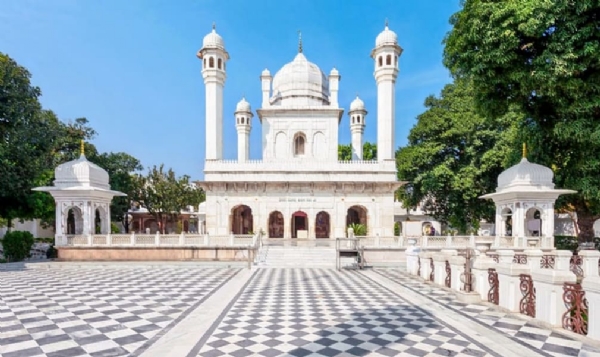
The temple is 3 tiered and having four towers at the corner of lower tier, a pattern repeated on second tier too. This type of architecture is 1800 years old, if not older. The proportions of this tower with respect to the overall temple has largely remained unchanged in the past 1800 years. The temple is on a high plinth, flanked by four towers and is topped by a dome.
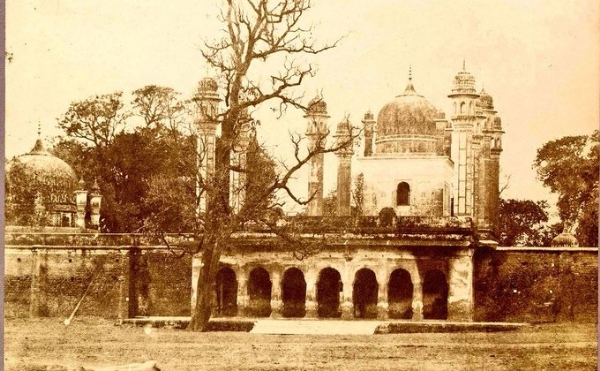
Sri Guru Ram Rai ji passed away in 1687. After that, Sajada Nashin Sri Mahants have been ascending the ‘Gaddi’, and were persons of extreme wisdom with a strong sense of devotion, commitment and service to mankind. The 9th Sri Mahant Indiresh Charan Das ji established Sri Guru Ram Rai Education Mission and brought a revolution in the education field.
The glory of Shri Mahant Devender Das Ji has been the completion and successful running of Shri Guru Ram rai Medical College and associated Shri Mahant Indiresh Hospital and its initiation into the service of the common man. The medical college has 1500 bedded multi-speciality and super-speciality hospital. The hospital started in 2002, and the medical college got the permission by Ministry of Health and Family Welfare, New Delhi to start its first MBBS batch from 2006.

Architecture | An immaculate example of the Indo-Islamic architecture, this Gurudwara consists of minarets, domes, and murals depicting an intriguing combination of the two cultures which showcase their spiritual enlightenment. The walls of this Gurudwara are detailed by portraits & murals of several sages, gods, goddesses, and saints along with religious inscriptions. A huge pond is situated in front of the Gurudwara which has been recently restored to serve this place, as well as attract visitors.
The temple is 3 tiered and having four towers at the corner of lower tier, a pattern repeated on second tier too. This type of architecture is 1800 years old, if not older. The proportions of this tower with respect to the overall temple has largely remained unchanged in the past 1800 years. The temple is on a high plinth, flanked by four towers and is topped by a dome.
Also Read | Malinithan: A significant archaeological and historical site that consists of ruins of a Hindu temple
You can see an old picture of the temple below. Lotus brackets supporting typical Indian Chhatari can be seen here. Domes are typical Indian lotus domes. If we talk about 3-tiered construction of temple, it resembles to that of Guldara Stupa.

History | Sri Guru Ram Rai ji, the eldest son of the seventh Guru of the Sikhs - Sri Har Rai ji, had established it for protecting and spreading the traditions, ideals and philosophies of Hinduism. Dehradun owes its name and history to the emergence of Sri Guru Ram Rai ji who came to the then small, green Arcadian abode way back in 1676. He established his ‘DERA’ in Doon Valley which later became popular as ‘Dehradun’.
During the reign of Aurangzeb, the doon valley was Guru Maharaj ji’s property. The Britishers could enter it only after taking permission from the Darbar Sahib. Darbar Sahib still owns a large part of this property.
Now, when I say that architecture of this temple is 1800years old, I'm not bluffing. See this image. Here you can see a temple on high plinth, flanked by four towers and surmounted by a dome. Clearly tradition goes back to 2nd century CE and it is by no means Persian anyway. pic.twitter.com/XugDUr3DCS
— भारतीय वास्तुकला(Wonderful Indian Architecture) (@wiavastukala) January 20, 2018
Sri Guru Ram Rai ji was born on Chaitrawadi Panchami, the fifth day of Holi in 1646 at Kiratpur, District Ropar, Punjab. In his sacred memory one of the famous fairs of Northern India-that is the Jhanda Fair of Dehradun is celebrated every year which begins on the day of his birthday which incidentally coincides with the day of his arrival at Dehradun in 1676.
Sri Guru Ram Rai ji passed away in 1687. After that, Sajada Nashin Sri Mahants have been ascending the ‘Gaddi’, and were persons of extreme wisdom with a strong sense of devotion, commitment and service to mankind. The 9th Sri Mahant Indiresh Charan Das ji established Sri Guru Ram Rai Education Mission and brought a revolution in the education field.
Also Read | Narasimha Jharni cave temple: The ancient manifestation of Lord Narasimha himself!
In a short span, he completed several tasks like renovation & preservation of the building, and the mural paintings at Sri Darbar Sahib. Restoration of the lake in front of the Darbar sahib, lodging facilities for sangat and devotees, ensuring maintenance & modernization of 122 schools and colleges including institute of technology and pharmacy college and building of more education centres in remote areas were some other contributions.
The glory of Shri Mahant Devender Das Ji has been the completion and successful running of Shri Guru Ram rai Medical College and associated Shri Mahant Indiresh Hospital and its initiation into the service of the common man. The medical college has 1500 bedded multi-speciality and super-speciality hospital. The hospital started in 2002, and the medical college got the permission by Ministry of Health and Family Welfare, New Delhi to start its first MBBS batch from 2006.

